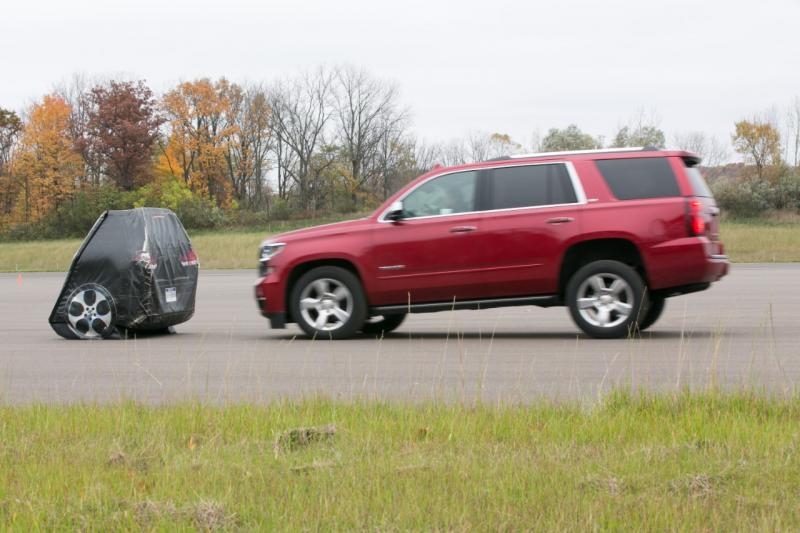Car accidents happen – FAST! Before you realize what’s happening, it’s over. It’s easy to look back and think of how you should’ve maneuvered differently, or been paying more attention, etc. The fact is, they happen to the best of us, and sometimes we’re just not able to react quick enough to prevent or lessen the impact but car manufacturers are constantly researching to improve vehicle’s capabilities for collisions.
 5 Steps To Take After A Car Accident
5 Steps To Take After A Car Accident
We had the chance to tour some of Chevrolet’s most top-secret test facilities (we’re not kidding...we got “pic-patched”) to get a preview of what they’re doing to lower the number of accidents, especially fatalities, while driving.
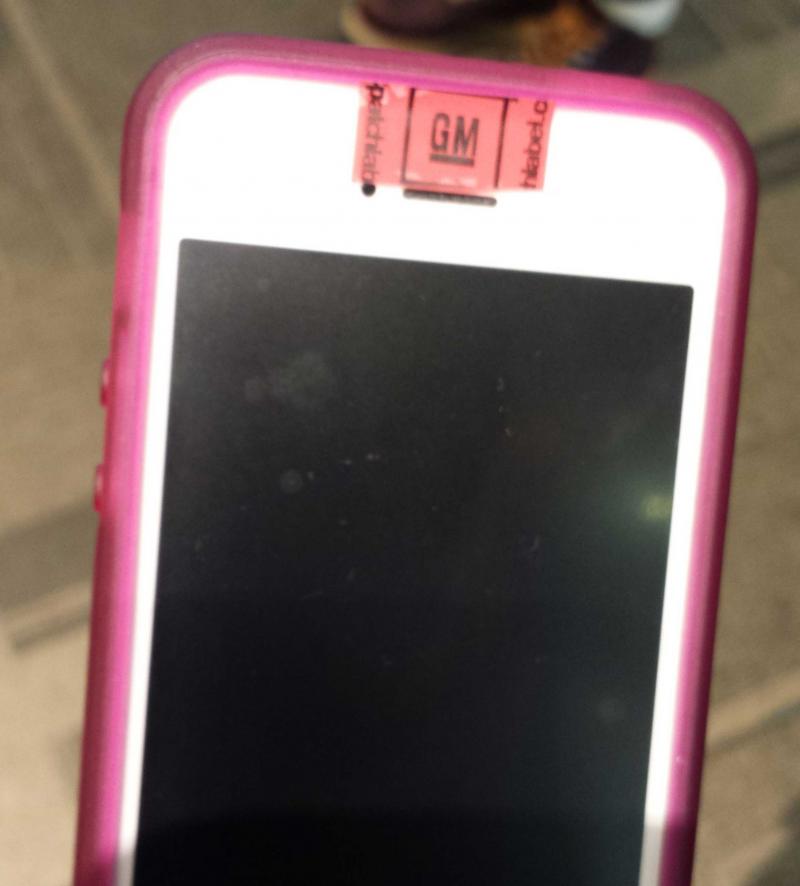
When you break it down, there are really 3 stages to a collision: before, during, and after. So, we wanted to see how vehicle technology is assisting in mitigating and avoiding collisions, protecting occupants during a crash, as well as aiding after the accident has occurred.
We visited the
General Motors Milford Proving Grounds, which felt so top-secret that we were half-expecting them to blind-fold us as we drove there. At the Active Safety Testing Area, we got a first-hand experience of a few new features Chevy vehicles are equipped with to help drivers avoid accidents, and be alert of road hazards. Here are some technologies that your car uses before a collision happens to minimize your risk.
- Rear Cross Traffic Control Alert:
Have you ever been reversing out of a parking spot next to a bigger vehicle you can’t see around? Welcome cross-traffic alerts. vehicles This feature is not only a rear camera that warns you of objects behind you, but it also can detect approaching in the laneways, before you would be able to see it.
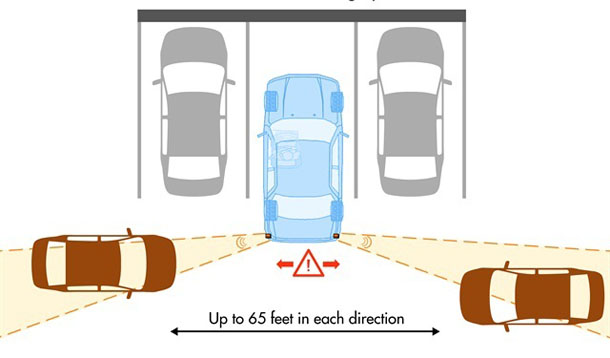
Self-explanatory but way too under appreciated! Driving lesson #1: always check your blind spot, but way too often
we see accidents occur because of failing to do so. Having a small warning light on the mirror when a car is next to us is always comforting, and a great safety reminder. Just a note, even with the warning light on you should always physically check your blind spot just in case.
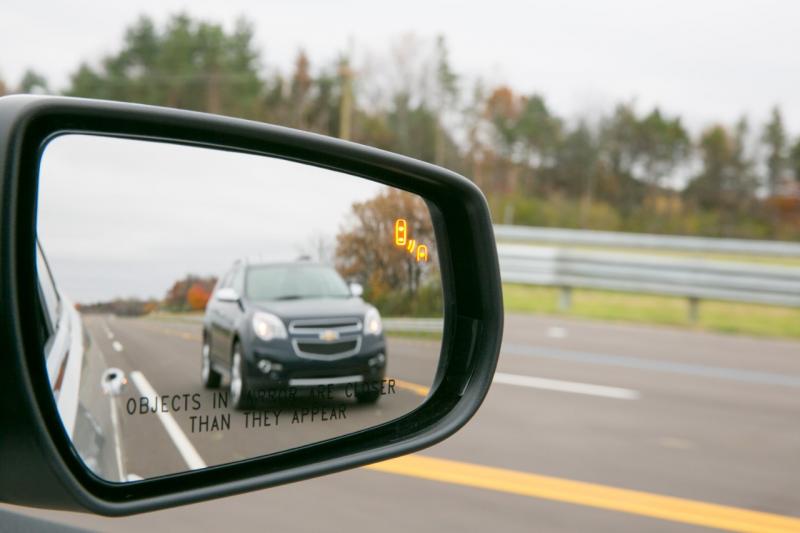
This feature was by far one of our favourite, and the most “wow” feature. The automatic braking is meant to prevent or mitigate an accident (depending on your speed) when driving. When you’re approaching a car, if your vehicle doesn’t detect you engaging the brakes, it warns you through various means (flashing lights, haptic feedback by way of vibrating seats) and eventually, will stop the car.
While all of these features are great technologies that assist in avoiding or lessening severity of collisions, it should go without saying that driving still requires driver attentiveness! Seeing all of the auto technological advances that have been made in such a short period – it’s exciting to imagine what the possibilities are in terms of keeping people safe in cars!
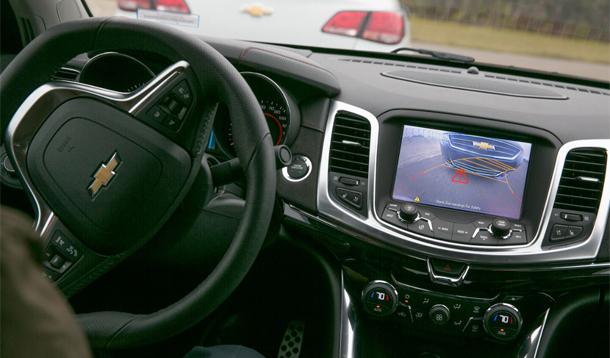
![]() 5 Steps To Take After A Car Accident
5 Steps To Take After A Car Accident


